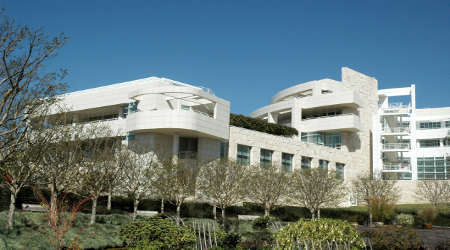Night Lights: Study Spotlights Impact of Lighting
December 13, 2017
Lighting upgrades have become popular projects among institutional and commercial facilities in recent years. Advances in LED and controls technology, combined with the ongoing need for maintenance and engineering managers to deliver savings to their organizations, has driven the interest in upgrades.
Upgrades often focus on interior areas of facilities, but managers also seek savings and improve lighting from upgrades to exterior areas, including entrances, walkways and parking lots and structures. Researchers now are taking a closer look at the impact that lighting is having on the environment.
A new study using satellite data finds that artificially lit surfaces around the world are spreading and growing brighter, producing more light pollution at night, according to an article in the Los Angeles Times. The findings, described in the journal Science Advances, track what researchers called a worrisome trend that has implications for the environment as well as human health.
Click here to learn more about advances in exterior lighting technology.
"This is concerning, of course, because we are convinced that artificial light is an environmental pollutant with ecological and evolutionary implications for many organisms — from bacteria to mammals, including us humans — and may reshape entire social ecological systems," says Franz Holker of the Leibniz-Institute of Freshwater Ecology and Inland Fisheries, one of the study's authors.
Thanks to electric lights, outdoor lighting grew at a rate of 3-6 percent annually in the second half of the 20th Century. While this has benefited human productivity and safety, it has come with a dark side: The night is no longer dark enough. One-half of Europe and one-quarter of North America have experienced seriously modified light-dark cycles, the study authors wrote, calling it a "widespread 'loss of the night.'"
Click here to learn more about exterior lighting for safety and security.
This light pollution can have serious consequences for living things, which have evolved in accordance with a natural day-night cycle, where the only major sources of light at night would have been the moon or more intermittent sources such as volcanoes, lightning, wildfires or auroras.
"From an evolutionary perspective, now, artificial light at night is a very new stressor," Holker said. "The problem is that light has been introduced in places, times and intensities at which it does not naturally occur, and many organisms have had no chance to adapt to this new stressor."
That is a big problem, given that 30 percent of vertebrates and more than 60 percent of invertebrates are nocturnal, he says. It can affect plants and even microbes. It also could be harming vital interactions between species, such as the pollination of plants and spreading of seeds by key nocturnal creatures.
This Quick Read was submitted by Dan Hounsell, editor-in-chief of Facility Maintenance Decisions, dan.hounsell@tradepressmedia.com.
Next
Read next on FacilitiesNet










